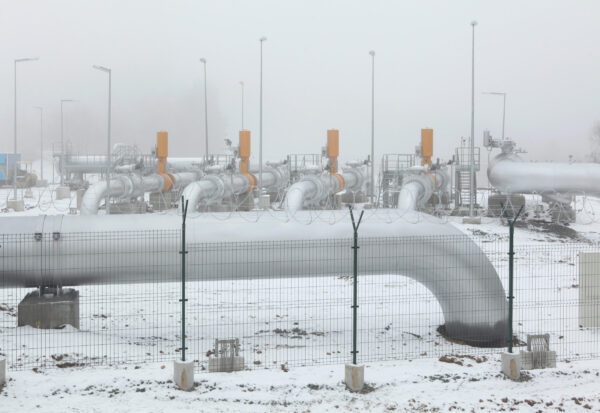
The winter of discontent
TAPA EMEA PREMIER PARTNER 2022 VIEWPOINT
Since the Russian armed forces launched the assault on Ukraine in late February, market products from consumer goods to fuel and heating have become increasingly expensive for companies and consumers alike. With the summer over and staring down the barrel of autumn and winter in Europe and the west, heating prices have compounded the cost-of-living crisis even further. As most wages will fail to follow the inflation, industrial action which is disrupting supply chains has now become the new reality
By Kristian Bischoff, Europe and Russia analyst, Risk Intelligence
Over eight days in late August, Felixstowe, the busiest container port in the UK, ground almost to a halt as the largest union representing dockworkers called a formal strike. The first in 30 years. The dispute came as the offer of a 7% wage increase from the Felixstowe Dock and Railway Company, managing the port, was rejected by the union Unite. The offer was far below the inflation at 10%. This strike was not without consequence.
Felixstowe handles almost 50% of the total UK container trade, and estimates say that some € 800M worth of cargo was significantly delayed. Major shipping companies had to find alternatives, and disruptions happened throughout the UK supplychain. Further negotiations were held as the strike was ongoing, as well as after, without the parties coming to an agreement – a second strike is running from 27 September to 05 October.
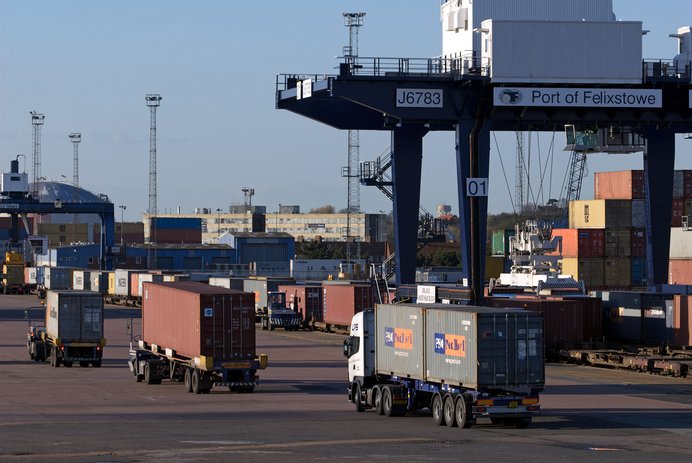
Clynt Garnham Industry / Alamy Stock Photo
Price increases
The above case is far from isolated from the wider economic context. Inflation on consumer goods, fuel, heating, production, and everything in between, has become a major issue for most European countries over the course of 2022.
As the latest strike at Felixstowe Port in late September indicates – this is just the beginning. Several weeks of industrial action in France by Exxonmobil and Totalenergies refinery workers led to fuel shortages at French petrol station forecourts and resulted in the government issuing a back to work order for some striking workers.
Many nations have attempted various methods of limiting inflation and impose economic reforms to ease the burden, however, Europe is still facing the major challenge of the coming winter – without Russian gas. The EU has announced an ambition of supporting the European economies with a price cap on energy pricing and €140bn in aid to citizens and industry. Still, how the money will be divided, and what countries will receive what is uncertain. Following the likely sabotage of the Nord Stream 1 and 2 gas pipelines in the Baltic Sea on 27 September, we are also looking at increasing security issues over critical infrastructure, which may cause further price volatility. Norway has also reported possible sightings of drones around their critical energy infrastructure and recently arrested two individuals suspected of flying drones and filming Norwegian energy facilities.
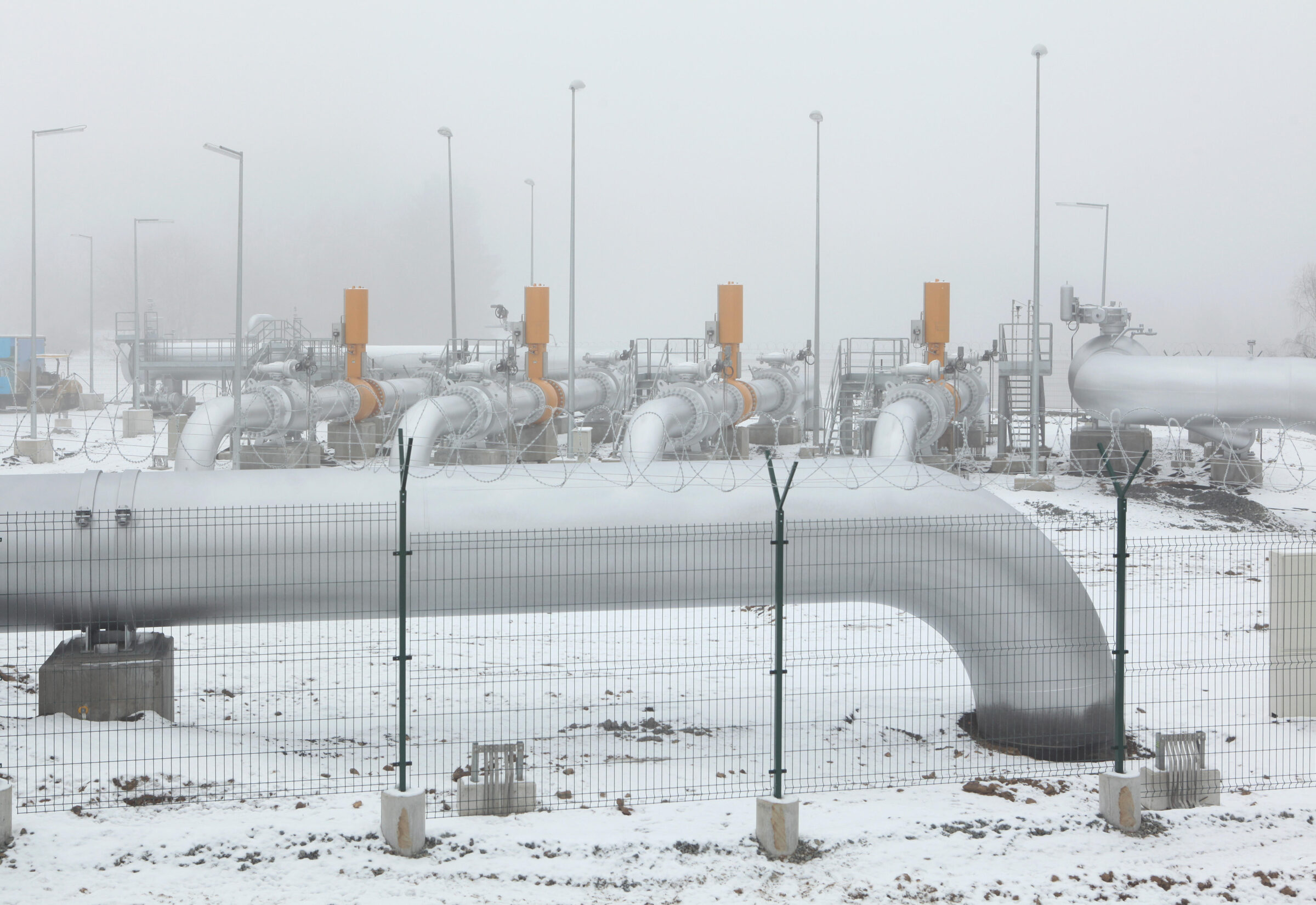
Image: Azoor Photo Collection / Alamy Stock Photo
In any case, price increases or significant strain on European economies are going to be very difficult to avoid. So far it is also uncertain what effects the increased need for fuel for heating will have on overall prices, but the need to split supply into production, transport, and now also to heat the homes of citizens, will undoubtably have some effect on pricing. Many energy consumers have also, over September, been notified of the various price increases the energy companies and providers will set over late 2022 – more of these will likely be announced over October.
The increases will cause further discontent, and with some even having to pay up-front for services, pushbacks are becoming increasingly likely. At the same time, communities will struggle with the prices that have already increased and demands for wages to follow inflation will very likely be one of the main discussions in private and public sectors across the continent.
Strikes and protests
While a lot of focus has been on the port of Felixstowe, the strike here is far from alone. The port of Liverpool also experienced walkouts in industrial action from 19 September to 3 October, with further strike action between 11-17 October. In addition, Britain experienced a nationwide railway strike by 40.000 workers on 1 October, which paralysed large parts of public transport.
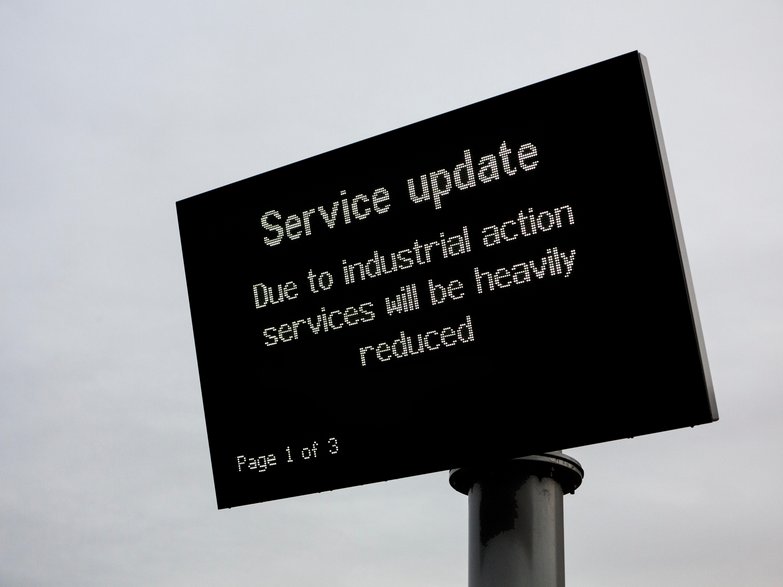
Nick Moore / Alamy Stock Photo
Elsewhere in Europe, strike action and major protests is taking place in multiple sectors and in various countries, with notable demonstrations in France, Germany, the Netherlands, Austria, the UK and more. This is likely an indicator of things to come. As the general dissatisfaction increases over rising prices and lack of countermeasures, more sectors in more countries are likely to conduct strike action.
While the main port disruptions, so far, have been in the UK, cascading effects of delayed vessels in work slow-downs or work-stoppages, will be felt across the supply chain, if they begin occurring. Another issue is the price of fuel, which has led to multiple instances of protests by everything from the agriculture to logistics sector. In the Netherlands in July, Dutch farmers participated in fuel-cost and cost-of-living protests by causing major disruptions by blocking roads and motorways with tractors and other farm equipment, as well as dumping waste on major roads – leading to disruptions and accidents. In the UK climate activists are broadening their message with slogans such as ‘we can’t afford this anymore’ which will obviously speak to a wider selection of society who are facing a hike in living costs.
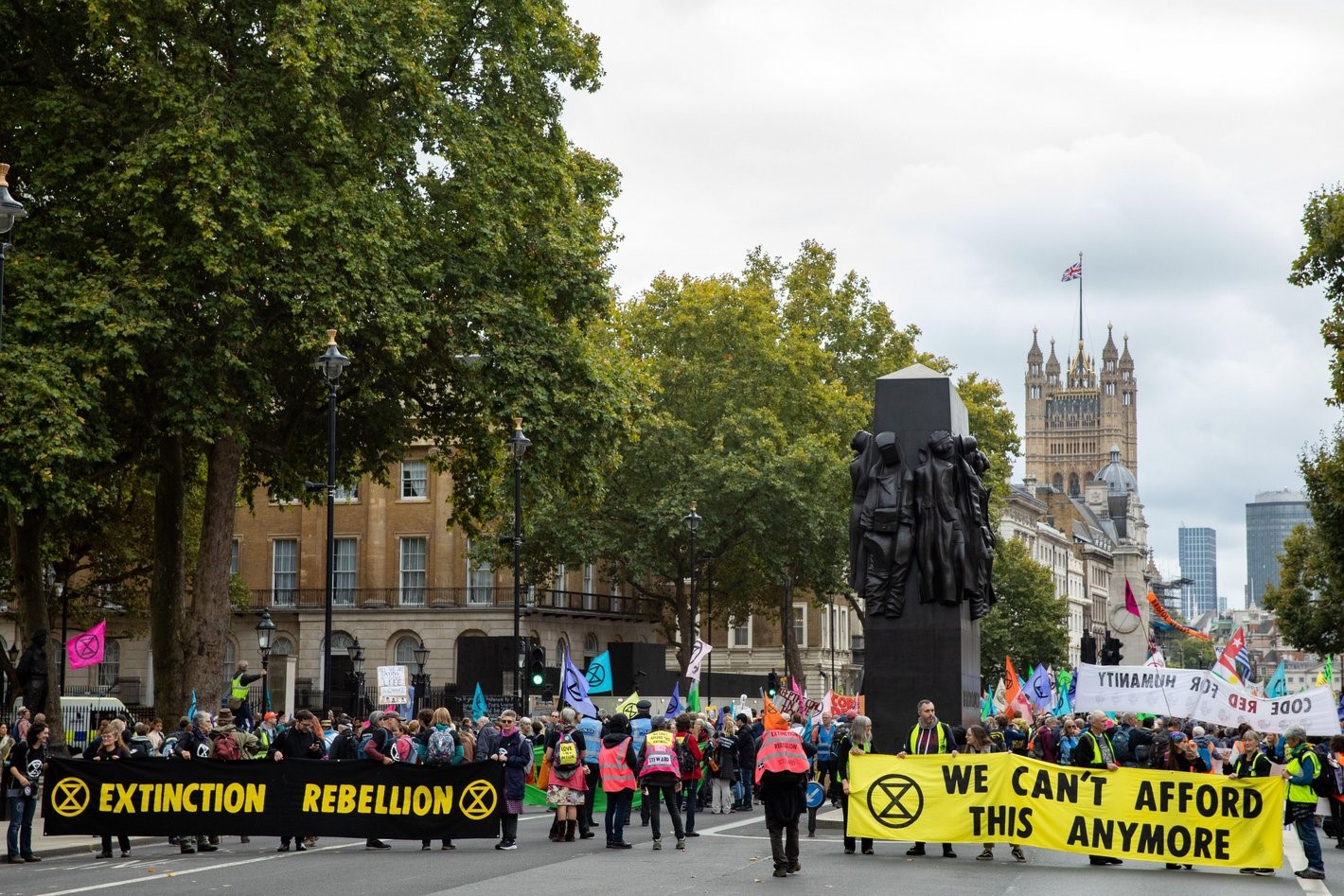
In the UK and elsewhere, there have also been noted incidents of so-called “Go-Slow” protests, where drivers deliberately drive slowly on major roads to cause disruptions. Any additional protests by fuel suppliers will further make transport difficult, and also spill over into the use of private vehicles. These types of protests are likely to continue into the late-Autumn and Winter.
General protests are also likely to cause disruptions, and in some countries with a significant violent left-wing or populist right-wing element, such protests may turn violent, similar to the conditions of the Yellow Vest protests in 2018-2019.
Changes in government
Another way this crisis may change European societies, are on the ballots. Crisis exploitation has long been a staple of populist politicians and parties, as they can often be used to exaggerate the faults of the sitting governments or be used to highlight how conventional parties fail to come up with solutions. In April, the French far-right got to the second round of the presidential election, where their candidate, Marine Le Pen, gained 41% of the vote.
In Italy, the far-right party, with fascist origins, Brothers of Italy won 26% of the vote in the September 2022 general election. This election was a direct result of the energy crisis, as parties revoked their support of the sitting government in June, leading to a dissolution of parliament and a call for the snap election of September. The head of the Brothers of Italy, Giorgia Meloni, is now set for the prime minister position.
Many other elections will take place over October and late 2022, and while the outcome will not, in most cases, have a direct effect on the energy situation, an increase in support for populist parties will be part of shaping the future of Europe and the EU for years to come.
The Green Revolution on pause
During the early days of the discussion on gas and sanctions, several climate groups were galvanised to use the situation to call for changes in the energy supply to renewables. However, while many nations were initially agreeing, this is increasingly looking like an idea for the longer haul. For now, years or even decades of energy transition have been derailed, for example with major industrial countries, most notably Germany, restarting older coal power plants to make up for the lost gas supply.
France, in another move, will move up the restart of nuclear reactors otherwise down for maintenance. While largely considered a green type of energy, this is unlikely to satisfy climate groups – who are notoriously against nuclear power.
This means that environmental groups like Greenpeace and Extinction Rebellion, and affiliates, are likely to continue to be active. These groups initially launched several campaigns in order to use the momentum of ending gas supplies, and get momentum for green energy solutions. This led to disruptions in some areas, and activist actions against fossil fuel sites and infrastructure. However, with the turn back to black energy, climate groups will continue their mission.
Some may choose to limit major action to keep from causing further hardship, but others are likely to use the issues to cause even greater disruptions to societies to set changes in motion. This has already been seen at coal plants in Germany over late September, where protesters disrupted storage areas and the transport of fuel at a power plant near Cottbus, directly causing reductions in power output. More of there type of protests, as well as blockades of roads, are likely.
Winter of discontent
At the moment, it is difficult to see how Europe will get through the winter 2022/23 without any issues. As nations scramble to ease themselves off years of Russian gas dependence, and as citizens face rising inflation and cost-of-living prices that in many cases are ruining their private budgets and plans for the future, there will be a significant response. Protests, strikes, rise in populism, and activist action, will all be part the response from ordinary people. All of the above issues may be compounded by a wider economic slowdown or recession, which will put further strain on economies and citizens everywhere.
While this is happening, many eyes will stay on Ukraine, and while some may hope for a speedy end to the war and a return to the former status quo, the current battlefield situation and international tensions means that we must get used to a new normal. And until prices have steadied the climb, and societies have gotten used to this new normal, there will be disruptions for everyone – the supply chain included.
For more information, please see: riskintelligence.eu/landrisk-logistics


















